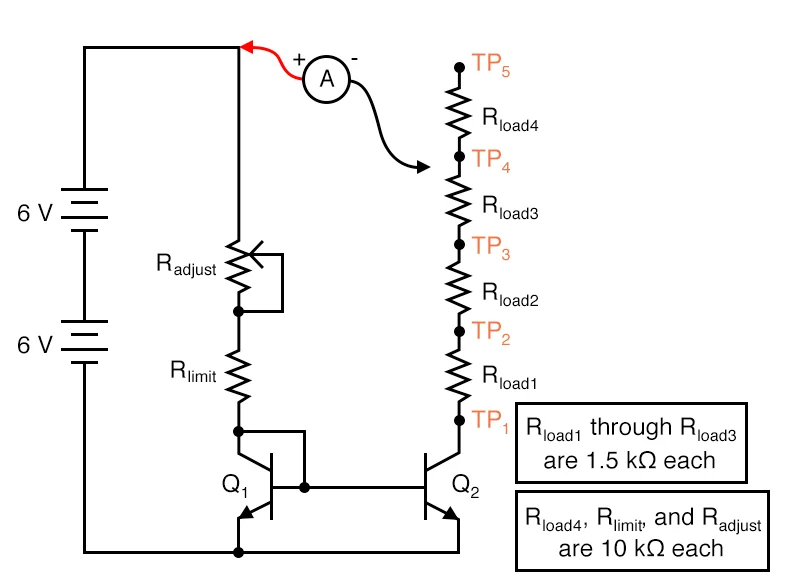Low Voltage Smart Mirror Power Guide – DIY Tips

🪞 The Problem: Smart Mirrors Need Clean, Stable Power
Smart mirrors often use Raspberry Pi or ESP32 boards, LED strips, and touch sensors—all of which require low-voltage DC power (typically 5V or 12V). Using an incorrect power supply can lead to flickering lights, unresponsive displays, or even damaged boards.
🔧 The Solution: Use a Regulated Power Supply with Filtering
To avoid under-voltage or surges, use a regulated SMPS or buck converter that matches your load requirements. Also, add filter capacitors and consider reverse polarity protection to safeguard sensitive components.
🧪 Practical Example: 12V LED Strip + ESP32 Smart Mirror
Say your smart mirror uses a 12V LED strip (10W) and an ESP32 (3.3V). Use a 12V 2A SMPS and a buck converter to step down 12V to 3.3V for the ESP32. Don’t forget a diode for reverse polarity protection!
🔢 Sample Calculation: Power Supply Sizing
LEDs: 10W
ESP32: ~1W
Total Power = 11W ⇒ Current = 11W / 12V = ~0.92A
Use 12V 2A supply to give headroom and avoid overheating.
🧰 Product Suggestion: Made in India Power Modules
Choose a reliable buck converter and SMPS—both Made in India—for powering your smart mirror safely.
🛒 Shop now at SmartXProKits.in
Support our work and India’s innovation—buy from our Make in India site!




















